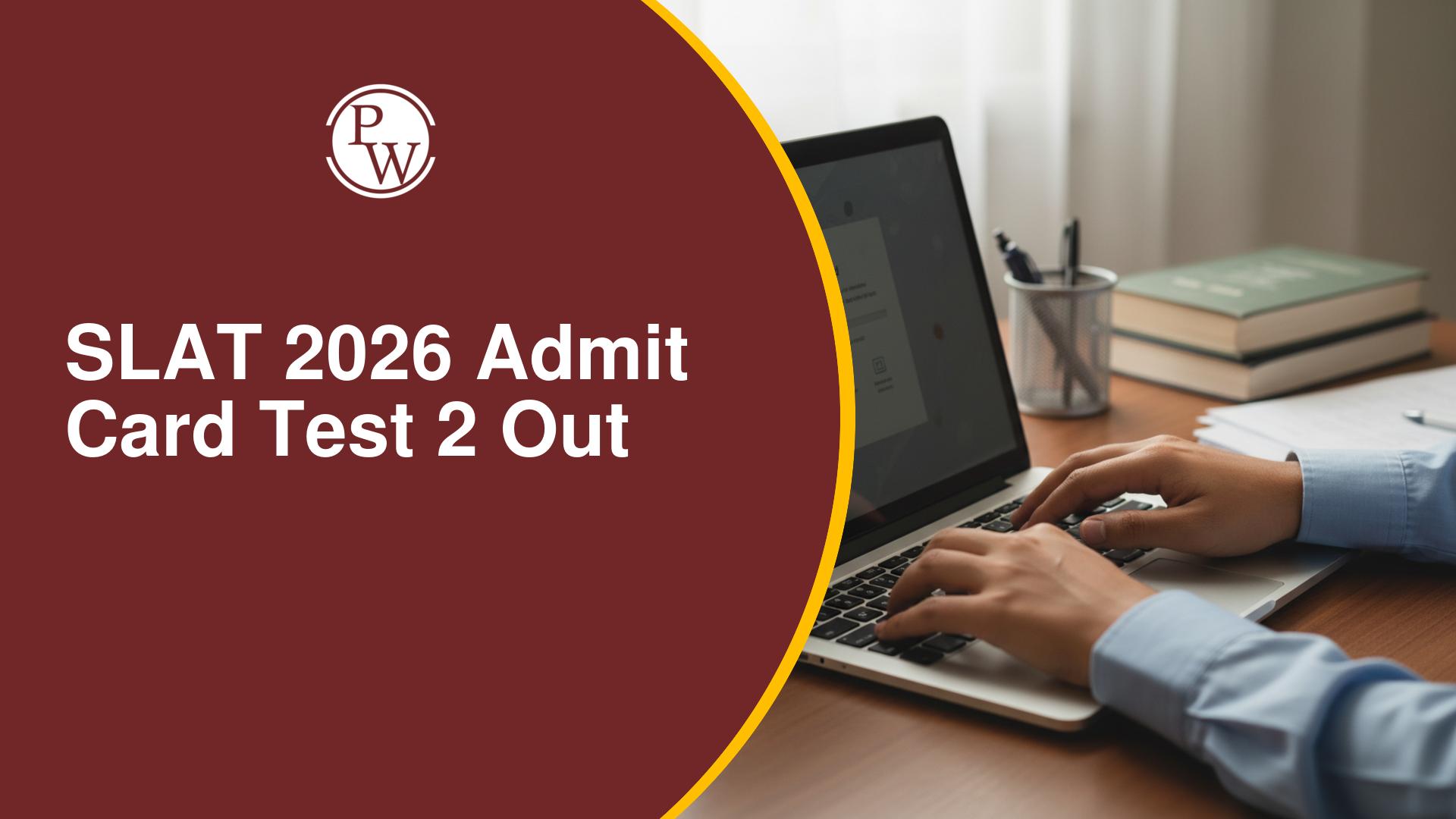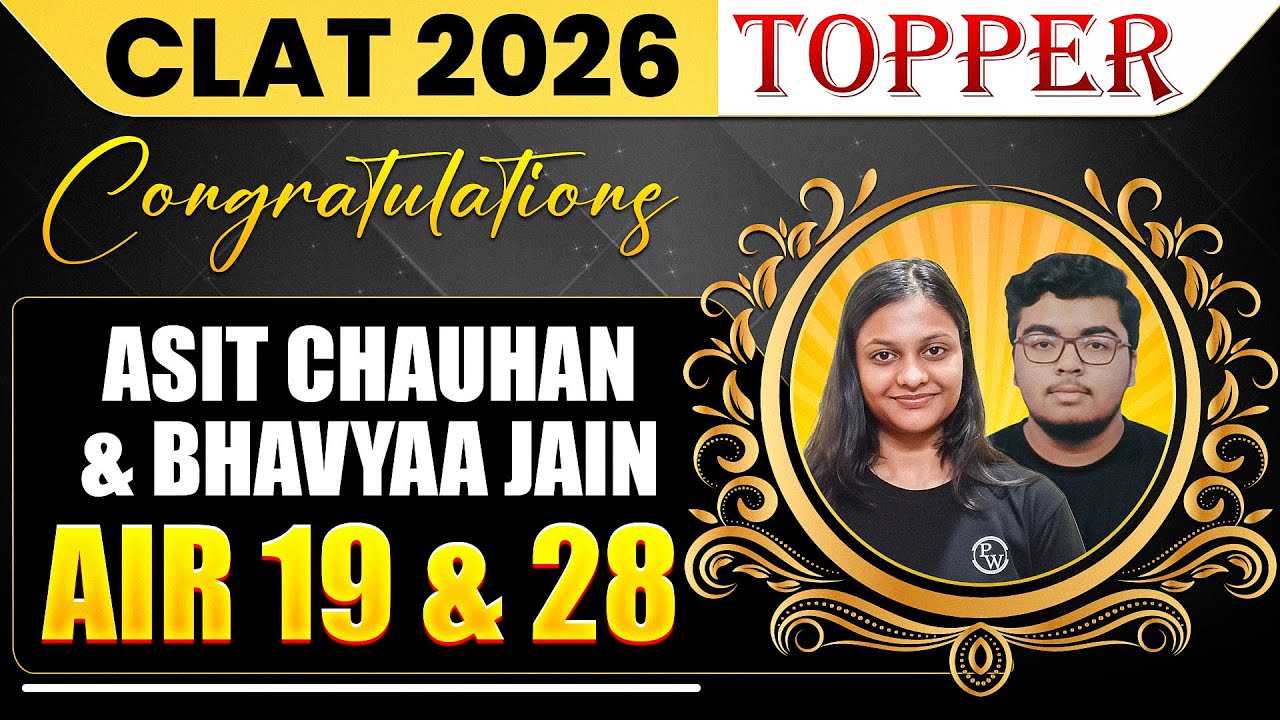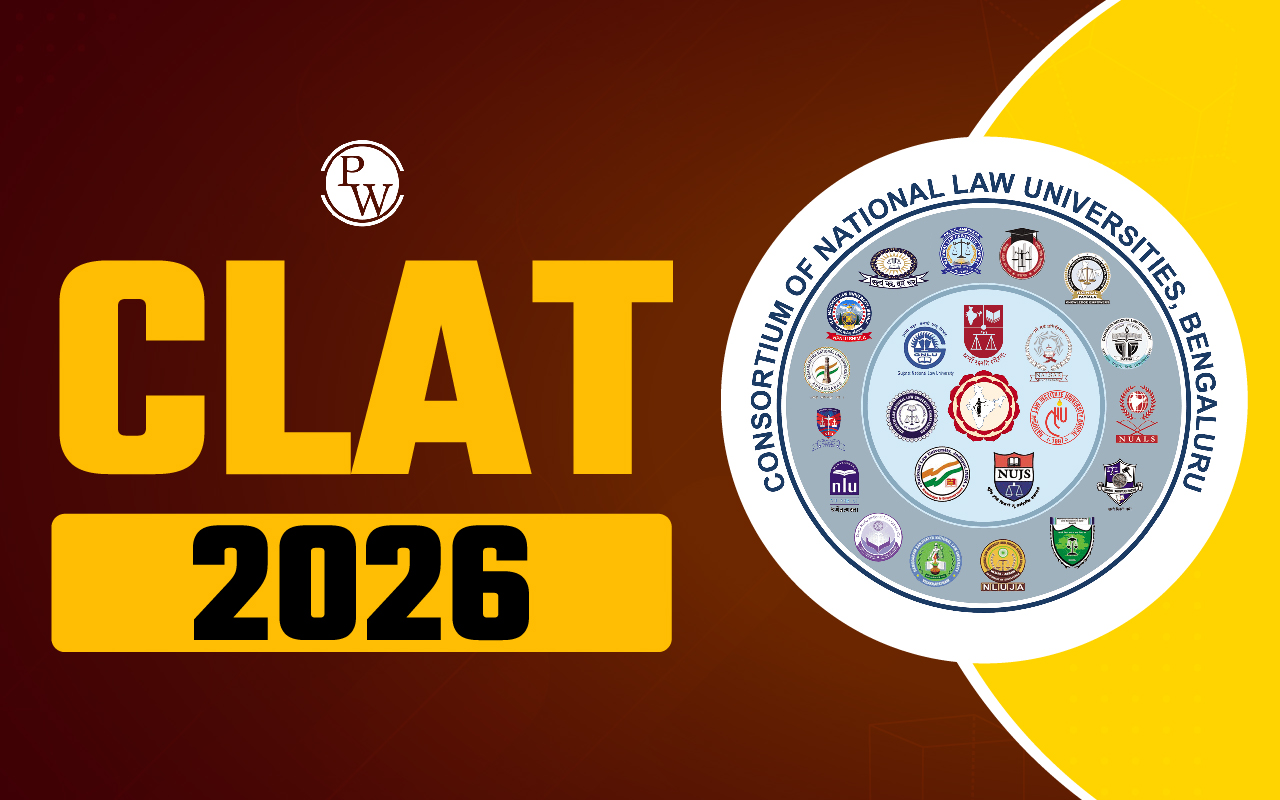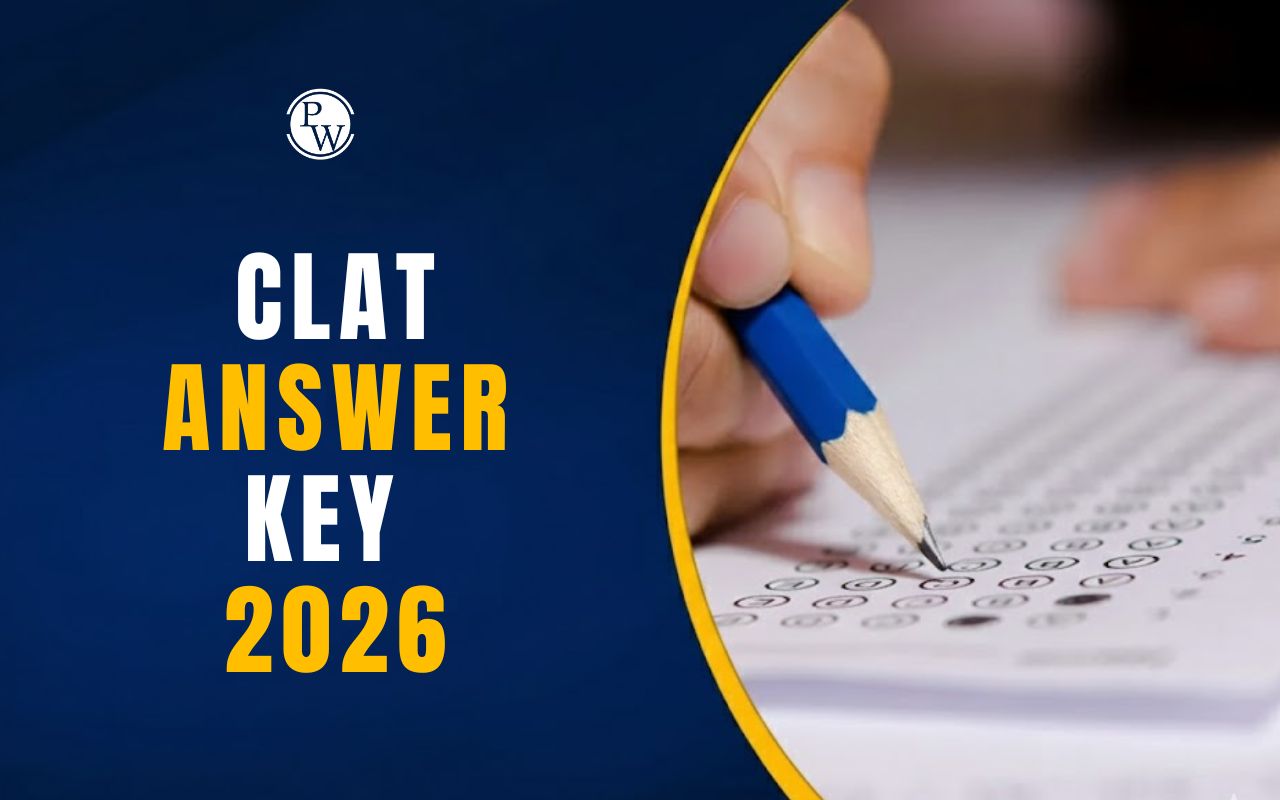
CLAT OMR Sheet : Filling out the CLAT OMR sheet is a critical part of the examination process, as it directly impacts the evaluation of your answers. Understanding the correct way to fill out this sheet can help you avoid common mistakes and ensure that your responses are accurately recorded.
In this guide, we will walk you through the essential steps and best practices for effectively completing your OMR sheet, so you can focus on performing your best during the exam. Whether you are a first-time candidate or looking to refine your technique, these CLAT OMR Sheet tips will provide you with the clarity and confidence you need on exam day.What is CLAT OMR Sheet?
The CLAT OMR (Optical Mark Recognition) sheet is an answer sheet used in the Common Law Admission Test (CLAT) for marking answers. Instead of writing out answers, candidates fill in small circles, or "bubbles," next to their chosen answer options. The OMR sheet is then scanned by a machine that reads the filled bubbles and records the answers digitally. This sheet is sensitive to marks, so it must be filled out carefully. Any errors, extra marks, or incomplete filling of bubbles can lead to incorrect reading of responses by the machine. Using only a black or blue ballpoint pen is typically required, and changing answers is restricted.How Does the Blank CLAT OMR Sheet Look Like?
The CLAT (Common Law Admission Test) uses an OMR (Optical Mark Recognition) sheet to record candidates' answers, which is then evaluated by a scanner. The OMR sheet is designed with rows and columns, where each row corresponds to a question and columns represent the answer options (usually A, B, C, and D). Understanding the layout and how to correctly fill it is crucial for accurate evaluation and can save you from unnecessary penalties.
- Identification Section: Some OMR sheets include a section at the bottom for the invigilator’s signature and sometimes for the candidate’s signature to confirm that all rules have been followed: At the top of the OMR sheet, students fill in personal information such as their name, roll number and exam date.
- Answer Bubbles: The main part of the sheet consists of numbered rows corresponding to each of the 120 questions. Each row has four circles labeled A, B, C and D.
- Instructions: Clear instructions are provided on how to mark the answers to ensure that the scanning machine reads the responses accurately. Students are typically instructed to use a black or blue ball-point pen or HB pencil for marking their answers.
- Verification Section: Some OMR sheets include a section at the bottom for the invigilator’s signature and sometimes for the candidate’s signature to confirm that all rules have been followed.
CLAT OMR Sheet Filling Guide
Filling out the CLAT OMR sheet accurately is crucial for ensuring that your answers are correctly evaluated. Below are some strategies that candidates can adopt to effectively manage their time and minimize errors while marking their answers:
Step 1: Use Black or Blue Ball Point Pen
Only use a black or blue ballpoint pen to complete the CLAT OMR Sheet. Avoid gel pens, fountain pens, and pencils, and ensure that your pen does not leave excessive ink on the paper.
Step 2: Fill Circles Completely
Make sure to fill each circle for your chosen option. Incomplete or half-shaded circles will not be counted as valid responses. Also, ensure that you fill the circles within the designated boundaries; excessive marking or shading outside the area will lead to rejection.
Step 3: Avoid Marking Multiple Options
Do not select two or more answers for a single question. Any questions with multiple responses will be discarded.
Step 4: Handle the Sheet Gently
Be careful not to press too hard on the sheet while marking your answers, as this may cause damage. Use a gentle touch when filling in your options.
Step 5: Avoid Light Filling
Mark your answers firmly; lightly filled circles may not be detected by the scanner, resulting in unmarked responses. Always ensure your choices are darkened.
Step 6: Do Not Make Extra Marks
Only fill in the required details and mark one option for each question. Avoid making any additional marks on the sheet.
Step 7: Fill Your Details Carefully
Ensure that you accurately fill in your name, roll number, and any other required information at the top of the sheet. Discrepancies in these details could lead to disqualification from the exam.
CLAT Admit Card 2026
The CLAT 2026 Admit Card will be released by the Consortium of National Law Universities (NLUs) a few weeks before the exam. It is a mandatory document for entry into the exam center and will include important details such as the exam date, time, venue, and the candidate's personal information. Candidates can download their admit cards from the official CLAT website by logging into their registered accounts.
CLAT OMR Sheet: Important Instructions
Filling out the CLAT OMR sheet correctly is essential for a smooth examination process. To help you avoid common pitfalls and ensure your responses are properly recorded, here are some important instructions to keep in mind:
- Read Instructions Carefully : Candidates should thoroughly review the instructions on the CLAT OMR Sheet before beginning the exam and follow all guidelines provided.
- Original and Candidate Copies : The first page of the CLAT OMR Sheet is the original, which must be submitted to the invigilator at the end of the exam. The second page is for candidates to keep; they may take this page along with the question booklet after the exam.
- Handle with Care : Do not fold, tear, or otherwise damage the OMR sheet. Any damage may result in the rejection of your response sheet and disqualification from the exam.
- Pen Requirements : Only use a black or blue ballpoint pen to mark your answers. Pens of any other color are not permitted.
- Avoid Extra Information : Do not write any additional information on the OMR sheet beyond what is required. Including unnecessary details may invalidate your response sheet.
- Avoid Overlapping Marks : If you need to change an answer, do not overwrite in the same row. Instead, carefully erase the initial mark (if allowed) and fill in the correct circle.
- Handle the Sheet with Care : Do not fold, tear, or damage your CLAT OMR Sheet. A damaged sheet can lead to disqualification.
- Be Mindful of Stray Marks : Avoid making any unintended marks on the sheet, as they can confuse the scanning machine.
- Check Personal Details : Accurately fill in your name, roll number, and other required information to ensure your sheet is valid.
- Leave Time for Marking : Make sure to allocate enough time to fill out the OMR sheet correctly to prevent last-minute mistakes.
- Invigilator's Signature : Ensure that the invigilator signs your OMR sheet before submission. The absence of the invigilator's signature will render the sheet invalid.
- Detaching the Second Page : When detaching the second page (the candidate's copy), do so carefully to avoid damaging the timings, marks, barcode, or other important information.
- Return the Original Sheet : Make sure to return the original OMR sheet to the invigilator before leaving the exam hall.
Strategies for Filling the CLAT OMR Sheet
Candidates have the flexibility to choose when to fill in their answers on the CLAT OMR Sheet, either after each question or all at once at the end. Here are three common strategies that candidates typically adopt:
- Marking Answers After Each Question : In this method, candidates mark their answer on the CLAT OMR Sheet immediately after solving each question. This approach minimizes the risk of forgetting to mark a solved answer.
- Marking Answers After Each Section : Some candidates prefer to note their answers for an entire section and then mark them all at once after completing that section. This strategy is effective for managing time more efficiently.
- Marking Answers at the End : This approach is favored by candidates who want to focus solely on solving the questions first. They fill out the OMR sheet only after completing all the questions. If you choose this method, be sure to allocate enough time at the end to mark your answers accurately.
Common Pitfalls and How to Avoid Them
By being aware of these common mistakes and following the guidance provided, you can effectively avoid errors while filling out the CLAT OMR sheet:
- Neglecting Personal Information : Ensure that all personal details, including your name, roll number, and photo, are filled out correctly.
- Misalignment of Bubbles : Carefully mark the bubbles within the designated circles using a black or blue ballpoint pen.
- Overlapping or Ink Spillage : Write neatly and avoid ink spillage to prevent confusion or misinterpretation of your answers.
- Marking Multiple Answers : Clearly select only one choice for each question to avoid scoring errors.
- Incorrect Shading : Fill in the bubbles completely and ensure they are dark enough for the scanning system to detect your response.
- Skipping or Mislabeling Questions : Double-check that your responses correspond to the correct question numbers and avoid skipping any questions.
- Failure to Review the OMR Sheet : Before submission, review your OMR sheet to confirm that all answers are correctly marked and that no questions have been missed.
CLAT OMR Sheet FAQs
How do I manage the sequence of answers?
Is there any specific way to handle the bubbles?
Can I get assistance while filling the OMR sheet?
Can I make any corrections on the OMR Sheet during the exam?
Can I use a pencil to mark the OMR Sheet?










